Following the digital transformation fuelled by 2020, most Brits have embraced a transition to online work. From March 2020 to March 2021, UK internet usage has increased by a staggering 78%. Aside from a slight dip on March 23rd during the Prime Minister’s national address, most households used record-high bandwidth.
But internet use has spiked not only for entertainment and online shopping, but also to accommodate remote work setups as a response to the COVID-19 pandemic. Prior to the lockdown orders, only 1.54% of people were working remotely for their main jobs. However, according to a Finder study, that number has now soared to 60% of the UK’s adult population. Heightened demand and dependence on the internet have been further multiplied by students forced to learn from home.
Internet in the UK
Today, the UK’s internet ranks 47th worldwide, with average speeds of only 37.82Mbps. Recently, This Is Money also reported that one in five households have experienced poor connection and slow speeds. While we still await the launch of a 5G mobile network (which was delayed by the pandemic), here are some tips that can help improve your internet speed for the time being:
Reposition Your Router
It almost seems silly that something as powerful as the internet can be dampened by clutter or positioning. But the more tucked away your router is, the higher the chances of your Wi-Fi signal weakening. Make sure your router is placed in a nice open, central location. If you can mount it on a stable and flat surface a little higher than other furniture, you may also notice an improvement. Proximity to your devices also plays a role. Keep your most-used gadgets close to your router so they get better access to bandwidth. For devices you’ll rarely move like desktop PCs, even consider a hardwired connection to your router via ethernet cable to eliminate all possible WiFi issues.
Double-Check Your Frequency Channel and Band
The radio frequency band and Wi-Fi channel you use can be slower if they’re congested. The two Wi-Fi bands routers can connect to are the 2.4 GHz and the 5 GHz. While the former band has better range, the 5GHz has less crowded airwaves and higher speeds. You can determine which gadgets require speed over range, and vice versa. Then you can assign them to the 5 or 2.4GHz bands respectively. Channels can also get slow when you share them with neighbours (which is common). Since there are several channels within each band, it’s best to use a Wi-Fi scanner (free apps are available) to check which is the most under-utilised. Offhand, channels 1, 6, and 11 are good places to start.
Invest in a New Router
An outdated or faulty router can slow down data processing, even affecting the entire network. Some Internet Service Providers (ISPs) rent out new routers. But, considering your router is working practically non-stop, buying your own is a wiser investment. When choosing a new router, the space in which Wi-Fi signals are broadcast must be taken into account. If you have a large house but mainly use a desktop computer, then you may want to find a router that supports higher throughput speeds for those hardwired connections we mentioned earlier, like the TP-LINK Archer VR600. Or, if you use the internet mostly for work, you could invest in a router like the DrayTek Vigor 2865 that can be configured remotely and has VPN tunnels and other business-style security features.
Install an Ad Blocker
Some ads are more subtle than others, and many just resemble GIFs, photos, or videos. However, even if you click off or ignore them, they still use resources to load and display. Installing an ad-blocking plug-in is a sure way to prevent any data-heavy adverts from popping up. If you have a VPN, you can check if they offer built-in adblockers like NordVPN’s CyberSec and Surfshark’s CleanWeb. Otherwise, there are also many free plug-ins that you can add to your web browser. AdBlock is one example and runs on Google Chrome, Mozilla Firefox, Safari, and Microsoft Edge—what’s more, it’s totally free.
Contact Your Internet Service Provider
Remember when we said that the average internet speed in the UK was around 37Mbps? Well, unfortunately, about 190,000 homes in the UK still cannot access speeds over 10Mbps. Whatever the reason, your ISP must be able to provide its promised data cap. If all else fails, call your ISP and have them send over a service technician. These experts will be able to sort out any complex or underlying issues that a layman won’t notice. If this still doesn’t satisfy your internet needs, ask about higher speed plans they have.
The government has promised to provide 15 million households with fibre broadband by 2025, but many cannot wait that long. As more sectors of society adopt a digital-first approach, knowing how to fix slow internet should become common knowledge.
Content intended only for the use of netxl.com
Written by Alicia Kane


